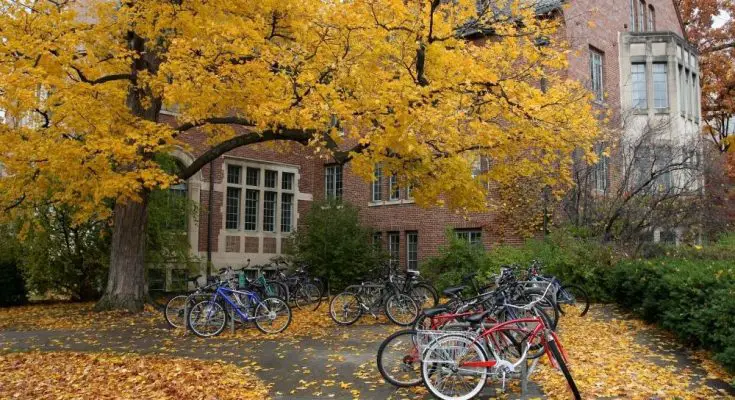The Ivy Leagues are among the top schools in the country. With rigorous standards and intimidating acceptance rates, these prestigious schools attract students from across the globe. While most know of them for their “elite” status in the world of academia, each school has a unique history. Check out this collection of interesting facts about Ivy League schools.
“Ancient” Status
Part of the reason these schools have such a following is their positions as “ancient” universities. The eight Ivy League schools—Princeton, Harvard, Columbia, Dartmouth, Yale, Brown, Cornell, and the University of Pennsylvania—are among some of the oldest higher education entities in the United States. In fact, Harvard has educated some of the brightest minds since the 1600s, longer than any other school in the country.
Presidential Education
The Ivy Leagues have a stellar reputation for educating prominent figures in law, government, and politics. Did you know that 16 presidents received their education at an Ivy League school? Famous alumni from the Ancient Eight include people such as John Adams, John F. Kennedy, George Bush, and Barack Obama. It’s no wonder that future leaders put these esteemed schools at the tops of their lists.
“Little Ivies”
Another interesting fact about Ivy League schools is the existence of the “Little Ivies.” This classification includes several smaller universities with high academic performances and a rich history similar to that of the Ancient Eight. While this list is unofficial, these 18 liberal arts schools are competitive academically and have high recognition among those prominent in academia.
Unique Traditions
Because of their long history, Ivy League schools have long-standing practices deeply ingrained into their culture. For example, Dartmouth College has several traditions dating back to the 1800s. Each school has a collection of quirky customs, like Harvard’s “primal scream” and Columbia’s “Orgo Night.” Current students love these traditions, former students remember them fondly, and prospective students can’t wait to participate in these rituals.
While the term “Ivy League” might evoke images of dusty halls and old books, it’s clear that there is more to these institutions than meets the eye. These universities are perfect for those with high academic standards, an incredible work ethic, and the desire to be a part of something bigger than themselves.
FAQ
How many US Presidents went to Ivy league schools?
The Ivy Leagues have a stellar reputation for educating prominent figures in law, government, and politics. Did you know that 16 presidents received their education at an Ivy League school? Famous alumni from the Ancient Eight include people such as John Adams, John F. Kennedy, George Bush, and Barack Obama. It’s no wonder that future leaders put these esteemed schools at the tops of their lists.
How old are the Ivy League schools?
Part of the reason these schools have such a following is their positions as “ancient” universities. The eight Ivy League schools—Princeton, Harvard, Columbia, Dartmouth, Yale, Brown, Cornell, and the University of Pennsylvania—are among some of the oldest higher education entities in the United States. In fact, Harvard has educated some of the brightest minds since the 1600s, longer than any other school in the country.
Additional Resources:



